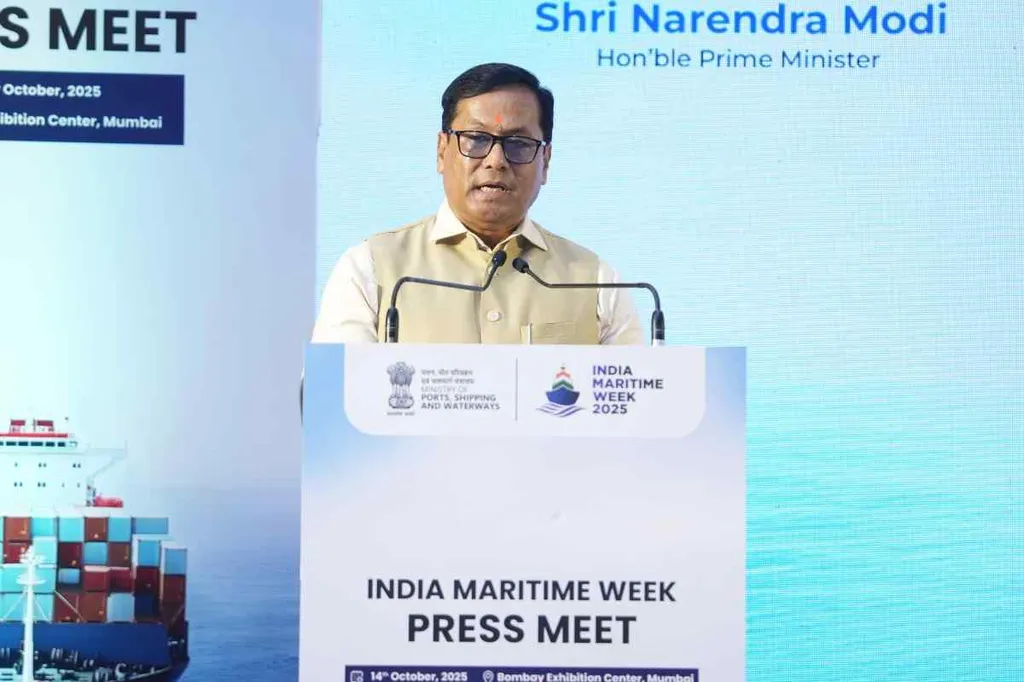India Maritime Week 2025 kicks off in Mumbai with a bold vision: to cement India’s rise as a global maritime powerhouse. Union Home Minister Amit Shah will set the tone on October 27, flanked by top ministers and coastal state leaders, signaling the political heft behind this five-day summit. But this isn’t just another maritime conference. It’s a strategic play to align India’s port-led growth with its 2047 economic ambitions—and the stakes are high.
The numbers tell the story. With 95% of India’s trade volume flowing through its ports, the event isn’t just about showcasing infrastructure—it’s about accelerating it. Organisers are targeting 100 countries, 500 exhibitors, and 100,000 delegates, making this one of the region’s largest maritime gatherings. Expect B2B deals, MoUs, and policy roundtables to drive tangible outcomes, not just handshakes.
The agenda cuts straight to the chase: green shipping, digital logistics, cruise tourism, and port-led industrialisation. But the real meat lies in the focus areas—green hydrogen hubs, offshore wind, and deep-sea mining. These aren’t buzzwords; they’re the pillars of India’s blue economy push. With port capacity already at 1,600 MTPA and turnaround times under a day, the event comes as India eyes a 10,000 MTPA target by 2047. The question is, can it scale fast enough?
The presence of coastal state CMs—Maharashtra, Gujarat, Goa, and Odisha—underscores another layer: regional collaboration. Maritime growth isn’t just about national policy; it’s about aligning state-level infrastructure and incentives. Expect debates on how Sagarmala, India’s port-led development initiative, can bridge gaps between ambition and execution.
But the real test will be whether this week translates into action. With India’s maritime sector at a crossroads—balancing rapid expansion with sustainability—this summit could either accelerate its trajectory or reveal the cracks. One thing’s clear: India isn’t just inviting the world to watch. It’s inviting them to invest, collaborate, and compete. The message is unambiguous: India’s maritime future is now.

